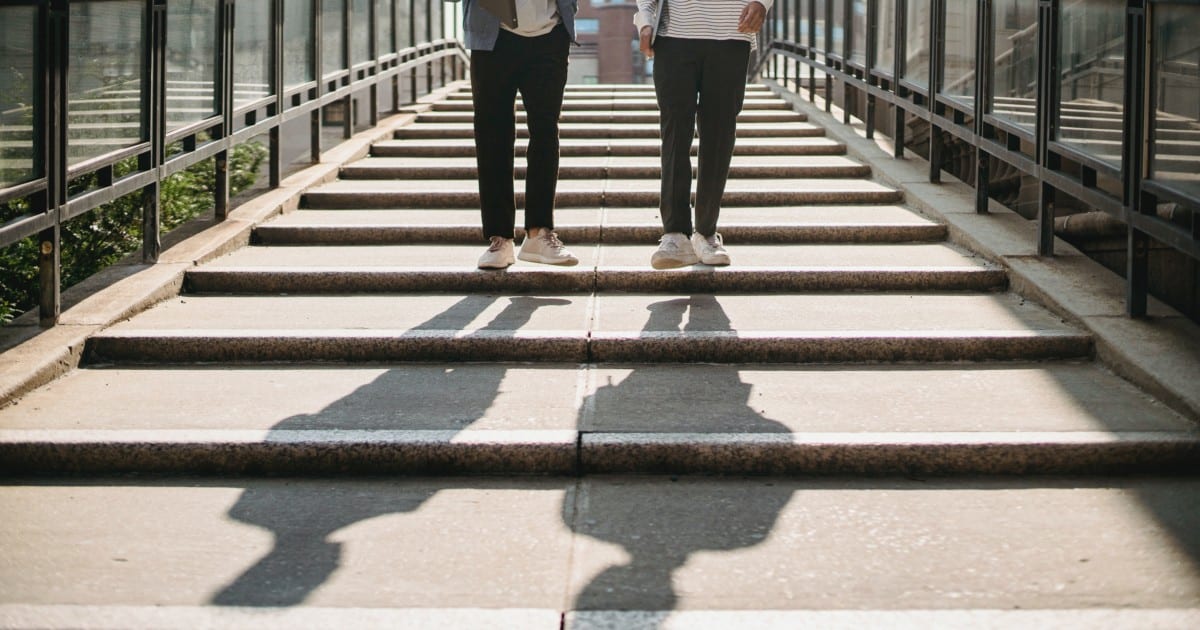
Hyeouk “Chris” Hahm, Ph.D., LCSW
There are currently over a million international undergraduate and graduate students attending higher education institutions in the United States, making up 5.5% of all enrollments. This highly sought-after group of students has brought scholarship diversity, global perspective, and steady tuition to American higher education. But as these numbers start to decline amidst the xenophobia, misinformation, and travel restrictions accompanying COVID-19 in America, it is clear that colleges and universities will need to do more to retain and attract international students, starting with supporting their mental health.
With the pandemic’s uneven influence on ethnic and socio-economic groups, international students have unique needs related to their experiences during COVID, particularly students from Asian countries. In terms of demographics, a large percentage of international students studying in the US come from Asia: Chinese students make up the largest proportion (34.8%), followed by Indian students (18%), and South Korean students (4.8%; IIE, 2020).
Since the pandemic, these international students have been dealing with a new level of threat of racial discrimination and “othering,” elevating their hardships and exacerbating existing stressors. Repeated descriptions of COVID-19 as the “Kung-flu” or “Chinese virus” have led to devastating consequences, resulting in blatant acts of discrimination, such as vandalism, physical and verbal assault, and murder of individuals of Asian descent. As schools across the country closed down at the beginning of the pandemic, international students were forced to adapt to unexpected transitions and obstacles which impacted their stress levels and worsened their mental health.
Asian international students echoed their fear of prejudice as well as the resulting toll on their mental health, reporting that they were uncomfortable going out alone in case they would be harassed.
This past winter, our AWARE lab, at the Boston University School of Social Work, collaborated with Brigham and Women’s Hospital to conduct the COVID-19 Adult Resilience Experiences Study (CARES), which explored the risk and resilience of young adults in the US during COVID-19. Funded by the National Science Foundation (NSF), the study included qualitative interviews with 22 international students (19 of Asian descent). What we learned from this is instructive for administrators, hoping to heal the pain of discrimination and disruption these students have experienced and to welcome them back to the U.S.

Kelly Hsu, Student at Tufts University
Asian international students echoed their fear of prejudice as well as the resulting toll on their mental health, reporting that they were uncomfortable going out alone in case they would be harassed. The isolation and avoidance only added to the loneliness students were experiencing as a result of COVID. Students who went back to Asia struggled with carrying out academic work due to challenging time zone differences. They felt unfairly burdened by classes being conducted at what was for them 3:00 am. June 2020 was particularly stressful when the Trump administration announced its immigration policy, potentially affecting their ability to stay in the U.S. For many students, this was a period of outright panic, with little information or reassurance being provided by their institutions.
It is important to note that prior to COVID-19, international students were already facing many challenges. In general, research has established that these stressors include acculturative stress, homesickness, discrimination, and the lack of social support (Han et al., 2013). Research has also demonstrated that international students experience more stressors compared to their U.S. counterparts (Yeh & Inose, 2003). Their ongoing stressors consist of (1) academic (i.e., struggling to transition to the US educational system), (2) social (i.e. disconnectedness and cultural isolation from U.S. society and politics), and (3) pressure to succeed (i.e., external and internal pressure to thrive academically).
Importantly, research shows that international students from Asia have higher levels of depression and anxiety compared to international students from Europe, Latin America, and domestic U.S. (Fritz et al., 2008). The high rates of depression among international students are concerning considering the significant link between depression and suicide, the leading cause of death among college students in the U.S. (Schwartz, 2006). Asian international students are also least likely to seek mental health services, partly as many students are unaware of the availability of services (Lee et al., 2014). Compared to Asian Americans, Asian international students have shown even lower rates of help-seeking attitudes (Maeshima & Parent, 2020). Even when students are aware of these services, they are often reluctant to seek help due to shame and stigma, language barriers, and the lack of culturally competent mental health professionals (Han et al., 2013).
Our research highlights the important implications for university administrators to better address international students’ needs. Faculty and staff must recognize and empathize with the potential stressors for international students including academic, social isolation and cultural disconnectedness, and the pressure to succeed. Some students felt that institutions did not care enough or provide enough supports for them during these uncertain times, adding to their stress and impacting their wellbeing. Schools should create a bridge or liaison so that international students can be better integrated with domestic students, increasing their social network as a support. Overall, these policies should be prioritized beyond the pandemic as international students have already been and will continue to face these issues.
The contribution of international students cannot be denied, starting with the estimated $45 billion they brought to the U.S. economy in 2018. International students not only bring financial benefits to the schools but add intellectual stimulation to the classrooms with their global perspectives. Their views are cross-cultural and oftentimes challenging those of American professors and students. Thus, classroom discussions may be deeper, more innovative, and often prepare domestic students for careers that require different perspectives. Knowing the value of international students, we must do better at advocating for their wellbeing through improving educational and institutional policies.




